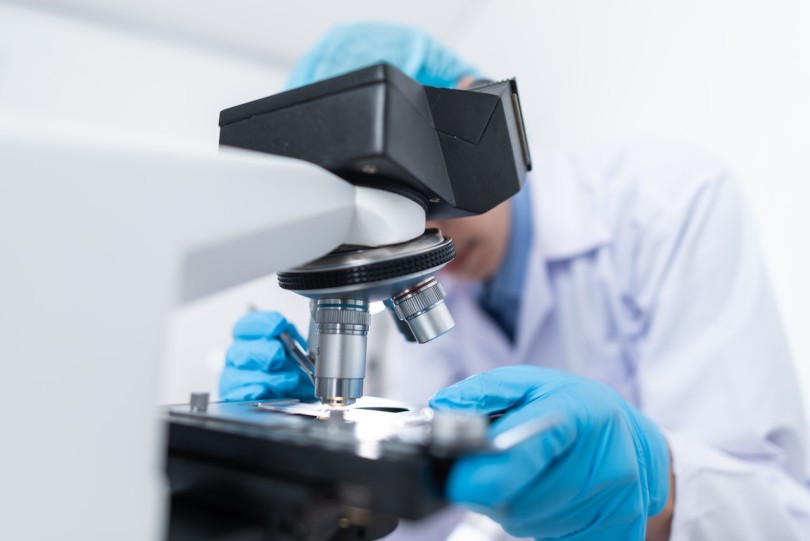22 Apr 24
Lab ChatLabworx
The Global News Source for the World of Science and Chemicals
How do Scientists determine the Structure of a NANOBODY?
01 August 2022
Lab Chat
Scientists at NYU Abu Dhabi have made history by deploying nuclear magnetic resonance (NMR) to determine the structure of a nanobody. It’s the first time that such a technique has been used for such a purpose in the UAE and offers significant advantages over previously favoured methods such as X-ray or electron microscopy.
The nanobody in question, Nb23, is a small protein which is only found in the camelid family of animals, such as alpacas, camels and llamas. Capable of fighting off diseases such as lupus, lymphoma and even breast cancer, Nb23 is believed to offer a better solution for therapeutic treatment programmes than laboratory-made proteins. Therefore, any advances in our understanding of how it works could be hugely beneficial to the scientific and medical disciplines.
Deficiencies in existing techniques
Traditionally, nanobody protein structures are analysed in solid samples by using one of two techniques – X-rays or electron microscopy. However, the former requires the use of crystals for it to function adequately, which can often be difficult to track down. Meanwhile, both methods focus on the solid state of proteins only, which means they reveal little information about how it can differ when taking on a liquid form.
As such, the NYU Abu Dhabi researchers were searching for an innovative new method of determining the protein structure in a nanobody in a liquid state. By applying NMR – which is today used in a variety of different fields – they were able to uncover more detailed and more accurate information about the nanobody’s structure.
A breakthrough study
Their research, which was published in the scientific journal Molecules, is the first of its kind in the UAE. The fact that proteins can vary in both shape and mobility in their liquid state compared to their solid state meant it was extremely important to find a technique which could analyse the form accurately.
With the use of NMR spectroscopy, the team were able to learn vital information in a number of key areas. As well as identifying the factors necessary for the antibody to function properly, they were also able to gain insight into the specific changes that occur once the nanobody binds to the protein target. Finally, they could also the follow the process of disease prevention that the Nb23 nanobody engenders.
Nanobodies preferable to monoclonal antibodies
Until now, most medicinal treatment plans relied on the use of monoclonal antibodies. These artificial proteins are grown in a lab and are specifically designed to replicate the immune system’s response to damaging antigens, such as viruses. However, they can pose problems when handling and conserving them, while their size means they may not be able to penetrate certain solid tissues effectively.
By contrast, nanobodies are ten times smaller, making it far easier for them to penetrate the targeted tissues. What’s more, their natural origin means they’re more likely to provide biocompatibility with the tissue in question and bind more effectively to its proteins, while they’re also more stable and offer better solubility. As such, they’re an exciting avenue of research for therapeutic applications going forwards.
DOWNLOAD PDF

2 Day Seminar Program
@ ArabLab+ 2024
24 & 25 September 2024
Your stay in Dubai
Labkit
Product News
Chemkit
Product News
Thinking about exhibiting at ARABLAB 2024? Watch our video to find out more.
Join the world’s leading organisations…
Get in touch and stay in touch…
Join our mailing list and receive the ARABLAB newsletter and event updates.





















